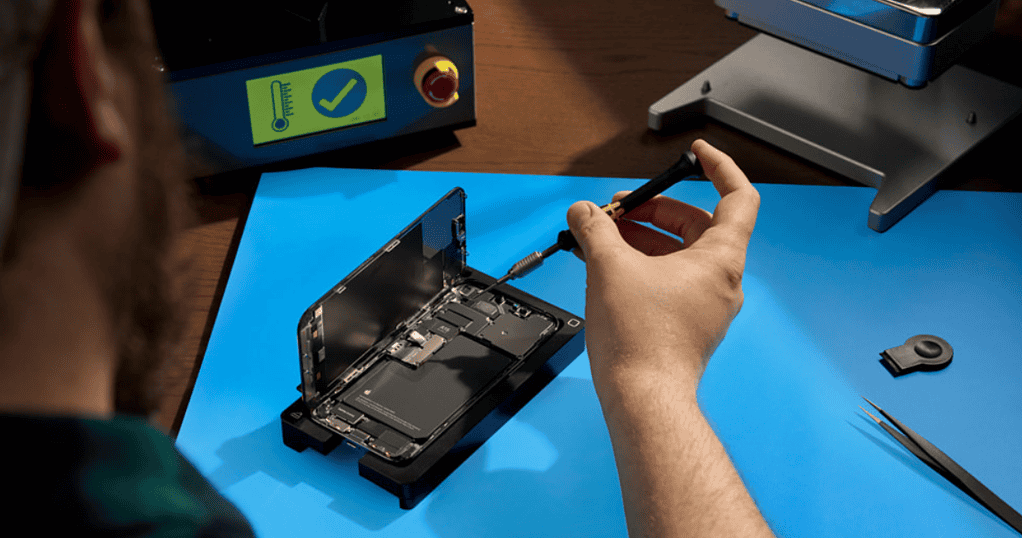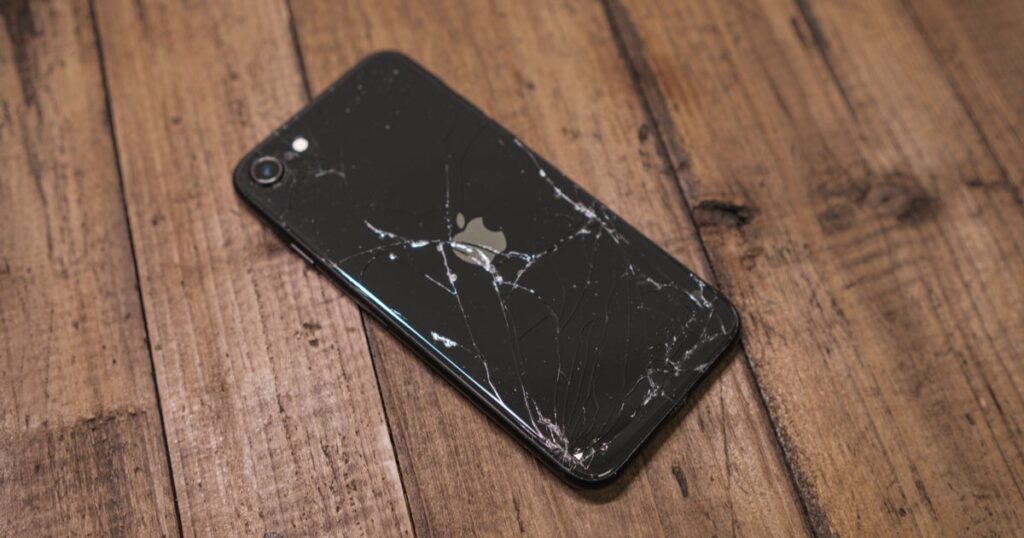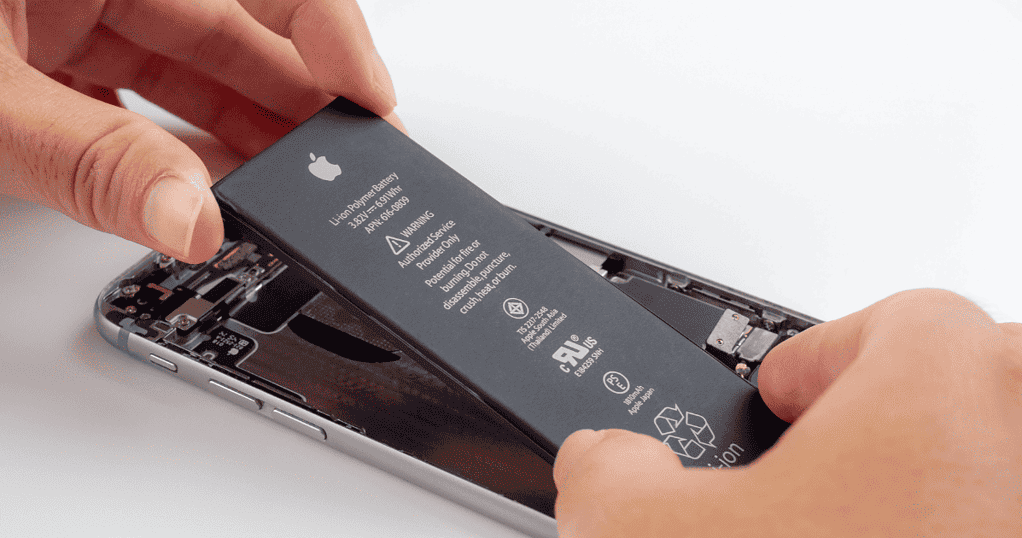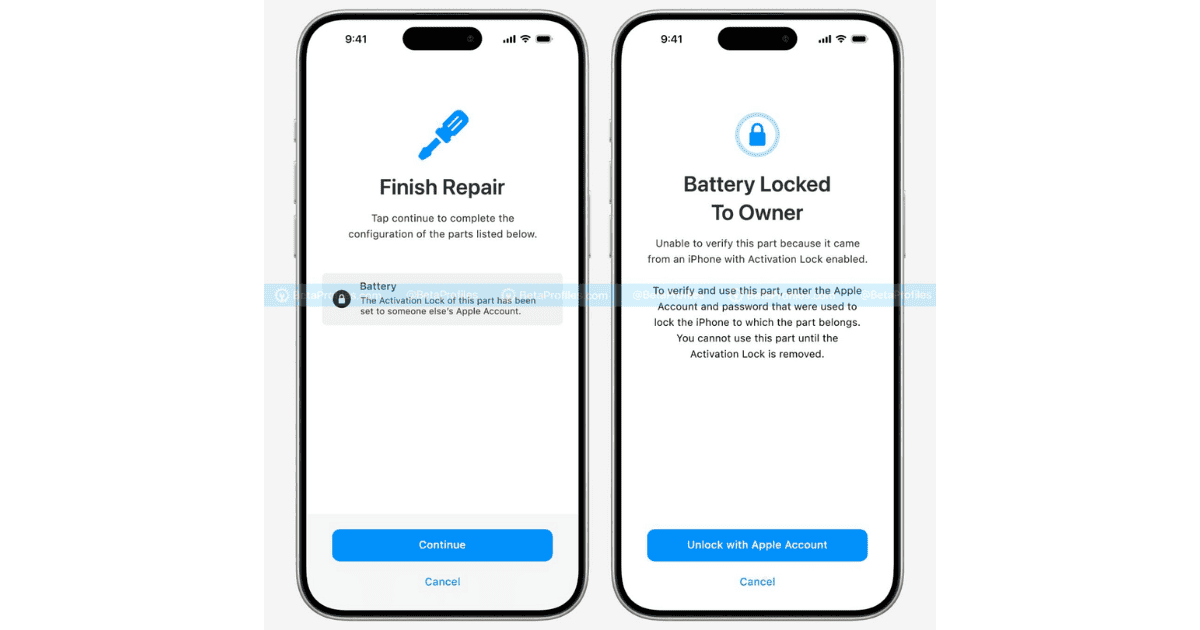Security-wise, iPhones have a very nice trick against theft: Activation Lock. If a device is marked as lost, it can only be unlocked, even after a factory reset, using the owner’s password. Now, Apple is expanding Activation Lock for iPhone parts.
What Is iOS 18’s Activation Lock for Parts?
Announced in April, Activation Lock for parts works similarly to its full-device counterpart. If an iPhone is marked as lost and, say, its screen is connected to another device, a warning is displayed.
Unlike the usual Activation Lock, though, the version for parts doesn’t prevent the components from being used. You can simply dismiss the notification and go on as if nothing happened. However, the new part can’t be calibrated, so features like True Tone, Face ID, or battery health monitoring won’t be available.
According to Apple’s support pages, the original device owner can disable Activation Lock using Find My. You just need to stop the Lost Mode and remove it from your account.
Activation Lock for iPhone parts has rolled out this week as part of the iOS 18 update. The owner of Beta Profiles, an online list of Apple software test builds, shared screenshots of the feature on Threads.
How To Enable Activation Lock for Parts on iOS 18?
Activation Lock is automatically enabled when you set up Find My on your iPhone. No further configuration is needed.

What to Do if You Receive an Activation Lock Warning on iOS 18 After a Repair?
While getting your iPhone repaired outside Apple’s service centers, there’s a chance you may find an Activation Lock warning. There are three possibilities, in this case.
1. If You Own the iPhone from Which the Part Came
This is the best-case scenario, with an easy solution. Just open your Apple Account settings on any of your devices and remove the old iPhone from your Find My list.

2. If You Purchased the Replacement Part and Performed the Repair Yourself
In this case, contact the part’s seller to try and reach a solution. If you purchased it used, ask them to either remove the Activation Lock themselves or contact the original owner. If they refuse to do that, the best course of action is to return the part. It has likely been taken from a lost or stolen iPhone.
If you purchased the part as brand new, I also recommend you return it. New parts don’t trigger Activation Lock warnings since they have never been associated with an Apple Account. Even if it’s in pristine condition and properly packaged, this part has been used in another iPhone before. Therefore, it is not new.
3. If You Paid a Repair Shop To Fix Your iPhone
Similarly to the above, if the shop claimed to use new parts, they’re lying. There’s no way that a brand-new part comes with Activation Lock enabled.
They may have been open about using second-hand parts or didn’t disclose the origin, too. In this case, ask the technician if they have access to the original device’s Apple Account. They may also have the contact of the previous owner. In both cases, this will be enough to remove the activation lock.
If they don’t have access to that Apple Account nor can contact the previous owner, ask for a new replacement. This time, demand they make sure the part used doesn’t have Activation Lock enabled. If they refuse or don’t have any unlocked parts available, ask for your money back.

At first, Activation Lock for iPhone parts may seem like a needless measure. Why make things harder than they need to be for third-party or self-service, right?
However, there’s a very good reason behind that. Lost and stolen iPhones are pretty much useless for regular resale, since they need the owner’s password to be unlocked. In this case, criminals, or people who find the devices and don’t want to return them, sell the phones’ parts.
By locking iPhone parts in the original device’s account, Apple has introduced a convenient way to protect its customers. If the device from which the part came has been obtained legally, all it takes is contacting the previous owner. If the person who sold you the part refuses to do that, they’re likely getting their stock from suspicious sources.
